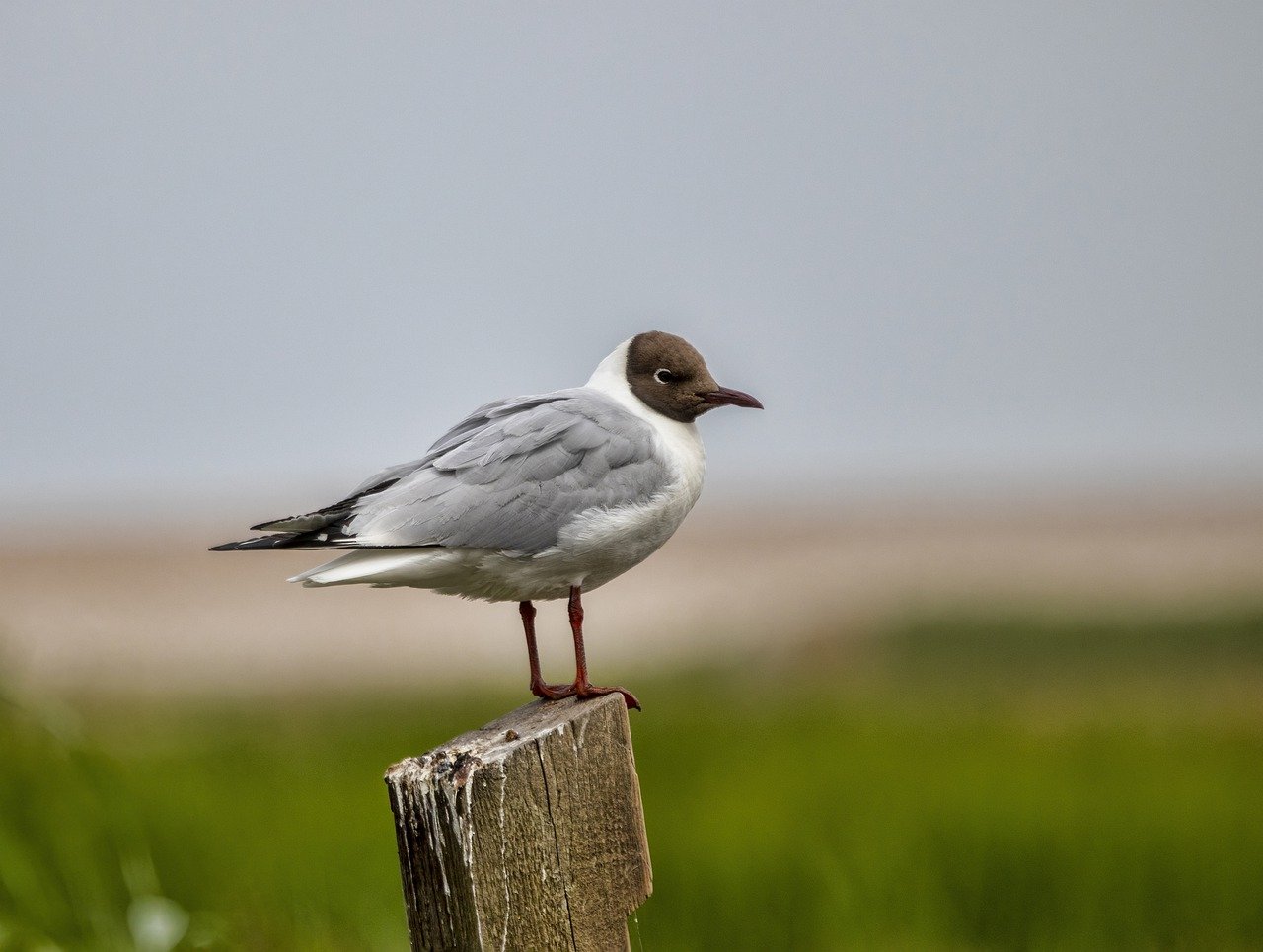Ursprung, rörelser och ortstrohet för skrattmåsar Larus ridibundus märkta i Malmö
DOI:
https://doi.org/10.34080/os.v11.22860Nyckelord:
ringmärkning, ringmärkningsåterfynd, migration, flyttning, vinterekologi, rastplatser, klimateffekterAbstract
We analysed the recoveries of Black-headed Gulls Larus ridibundus ringed in the town of Malmö, southern Sweden, in 1965—1999. A total of 21,399 fledged juveniles and adults were ringed in Pildammsparken, and 3,703 chicks in a breeding colony. We also included recoveries of birds ringed abroad. We excluded local recoveries within the province of Scania, the Danish islands, and northern Germany. The number of recovered birds used in the analysis was 812; some of them were recovered more than once. We found that birds hatched in the Malmö colony moved towards southwest with almost no long distance recoveries in any other direction. The main winter area is in northwest Europe – Holland, Belgium and Great Britain. Recoveries south of 45 °N are sparse and we found that Black-headed Gulls seem to winter more to the north today, compared with 30 years ago. Birds that visited Malmö in the non-breeding season came from breeding areas in Finland, the Baltic states, Russia, and northern and southeastern Sweden. Many of these birds also stayed in Malmö throughout the winter. We also found a high fidelity to the breeding as well as to the roosting and winter area.
Nedladdningar

Downloads
Publicerad
Referera så här
Nummer
Sektion
Licens
Författaren/författarna innehar copyright för varje enskilt bidrag, men samtliga bidrag är publicerade under en Creative Commons-licens, så att vem som helst kan dela och återanvända bidraget förutsatt att copyright-innehavaren erkänns.







